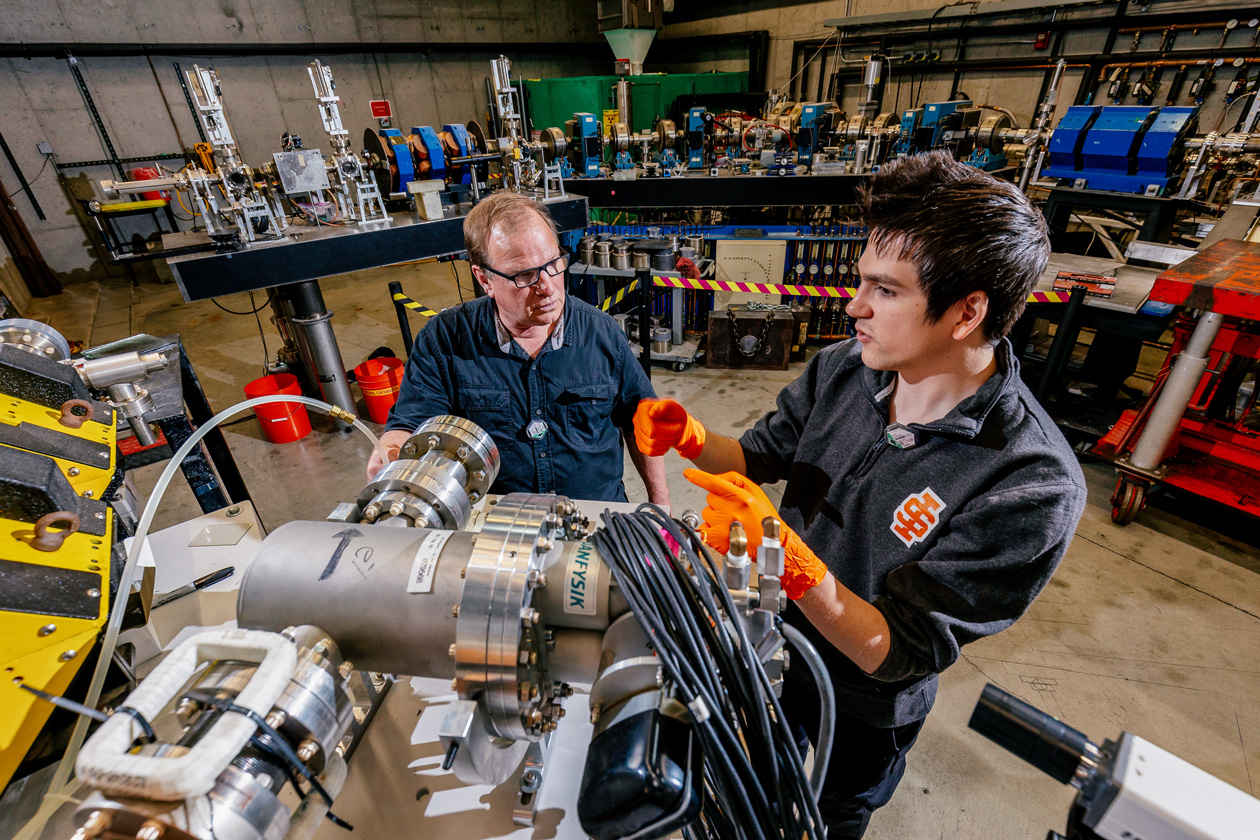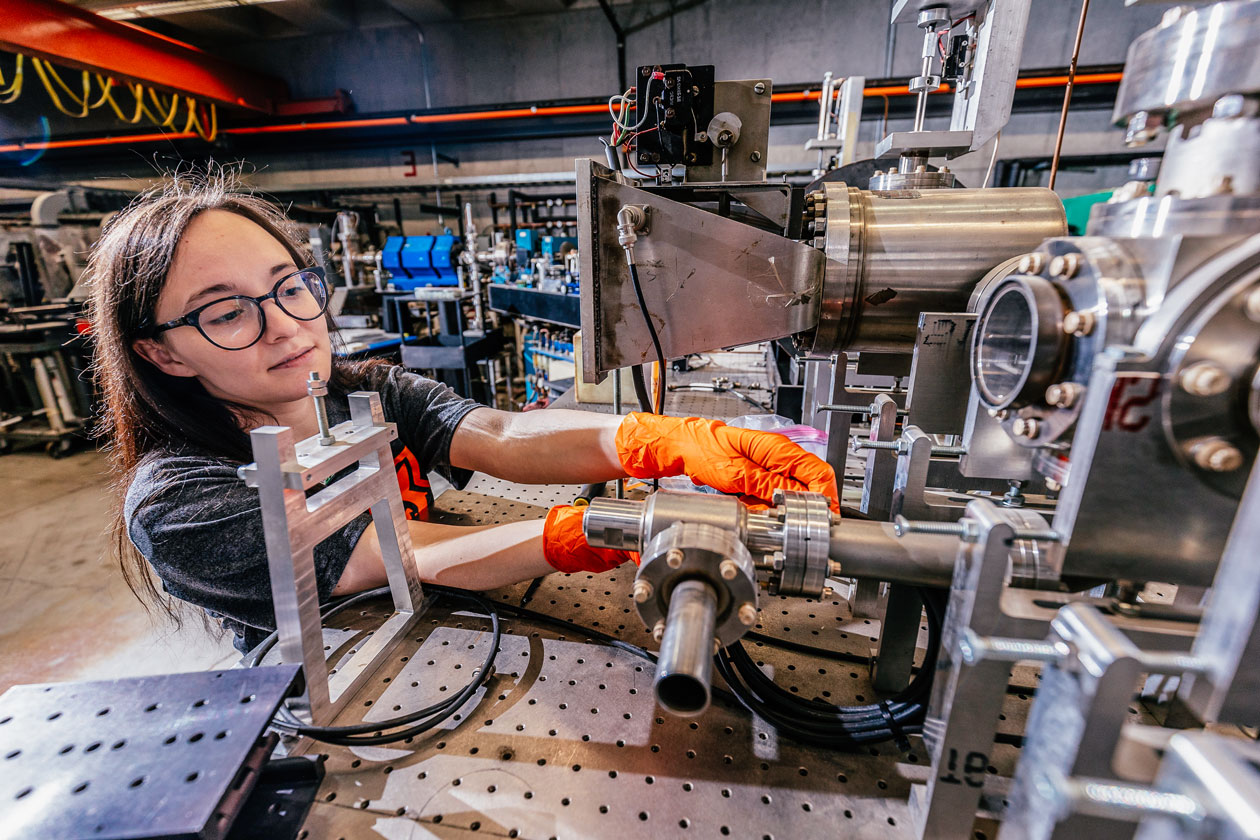Boosting Isotope Production in the U.S.

Scientists at Idaho State University are investigating new ways of accelerating the production of isotopes in the United States.
Collaborating with researchers at the Idaho Accelerator Center, New Mexico Institute of Mining and Technology, and Idaho National Laboratory, ISU physicists are working to develop new ways of producing the isotopes–atoms with the same number of protons but varying numbers of neutrons–used in the medical, research, and national security industries.
“Isotopes are important to the lives of almost everyone,” said Dan Dale, a professor of physics at Idaho State.” New uses for isotopes are constantly being developed. They are used to power spacecraft, for natural resource extraction, to calibrate atomic clocks, in medical imaging procedures to detect small cancers before they metastasize, and in a host of other applications.”
Russia’s ongoing war on Ukraine has threatened a steady and continuous supply of isotopes. “Russia is the sole commercial supplier for some isotopes and a major producer of uranium, which is used in isotope production reactors,” according to the American Institute of Physics. “The isotope industry has a kind of ‘chicken and egg’ problem,” Dale said. “We’re just now realizing the potential for isotopes, and there are companies who’d like to develop applications for isotopes. However, the companies don’t have a sufficient supply to do the research into these applications. That’s where research universities like ISU step in: we develop the techniques to make the isotopes quickly and efficiently and, we hope, jumpstart the commercial side of things.”
Dale and his fellow physicists at ISU will focus on gathering data on many different isotopes to assess their potential for mass production and use in the US. One such isotope, copper-67, is already being produced at the Idaho Accelerator Center in Pocatello and is being tested for its effectiveness in treating cancer.
“Isotopes can be made in various ways,” Dale explained. “At the Idaho Accelerator Center, we’re able to make a wide range of isotopes by using high-energy photons–light particles–to knock protons and neutrons out of the nucleus of an atom to create the isotope.
If you imagine a light bulb, it puts out light that is composed of photons of a certain energy. To knock out the protons and neutrons, we make photons of energies about ten million times what a light bulb makes.” The research at ISU is being funded with $1.4 million in grant funds from the U.S. Department of Energy (DOE) Isotope Program. The DOE funding is also helping to provide support for two graduate students and two undergrads working on the project. The students are responsible for helping set up the experiments, running simulations, collecting and analyzing data, and more.

“This research is exciting because we will be learning to manufacture a wide variety of one of matter’s smallest pieces,” said Kean Martinic, a doctoral student who grew up in Schertz, Texas. “Specifically, our research aims to produce more exotic variants of elements found all over the universe, and efficient ways to produce these isotopes are important because a steady supply can enable applications to better society.”
The research is also being made possible with help from IAC technical staff Kevin Folkman and Chad O’Neill as well as Mason Jaussi, Miranda Kriner, and Kishor Paudel with ISU’s radiation safety department.
“The world will need the students that ISU and the Idaho Accelerator Center can educate–students who know nuclear physics, accelerators, particle detectors, fast electronics, computer simulations, data analysis–it’s a pretty long list,” Dale said. “The nice thing about doing this work here is that the students have a great opportunity for a lot of hands-on work.”
